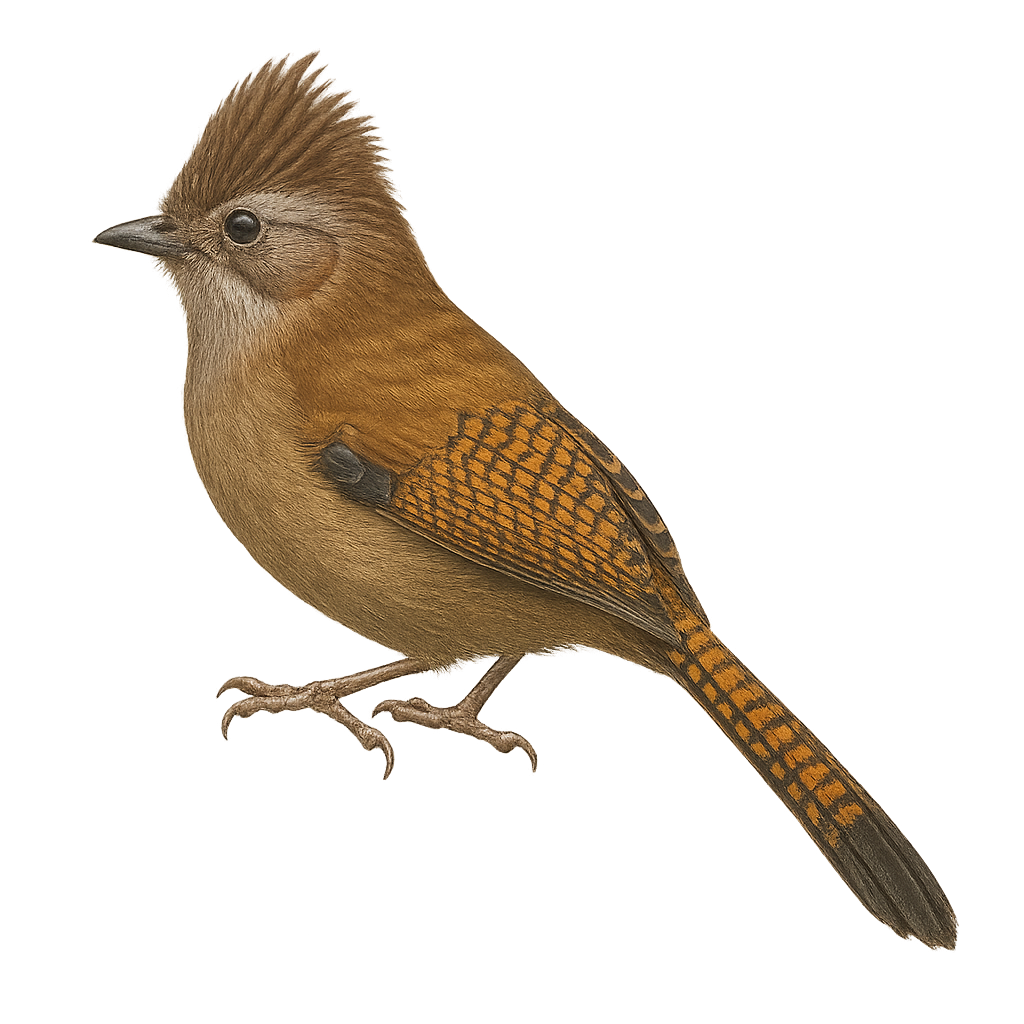Your wildlife photography guide.
Explore the bar-throated minla in detail, study its behavior, prepare your shots.
Where to observe and photograph the bar-throated minla in the wild
Learn where and when to spot the bar-throated minla in the wild, how to identify the species based on distinctive features, and what natural environments it inhabits. The WildlifePhotographer app offers tailored photography tips that reflect the bar-throated minla’s behavior, helping you capture better wildlife images. Explore the full species profile for key information including description, habitat, active periods, and approach techniques.
Bar-throated Minla
Scientific name: Actinodura nipalensis

IUCN Status: Least Concern
Family: LEIOTHRICHIDAE
Group: Birds
Sensitivity to human approach: Suspicious
Minimum approach distance: 10 m
Courtship display: March to April
Incubation: 14-16 jours
Hatchings: March to May
Habitat:
humid forests, montane forests, dense shrubs
Activity period :
Primarily active during the day, with peak activity in the morning and late afternoon.
Identification and description:
The Actinodura nipalensis, commonly known as the Bar-throated Minla, is a medium-sized bird belonging to the Leiothrichidae family. It is primarily found in the humid montane forests of Southeast Asia, particularly in Nepal, India, and Bhutan. This bird is noted for its colorful plumage, featuring shades of grey, blue, and yellow, and its distinctive barred throat. Often seen in groups, it actively moves through foliage searching for insects and small fruits. Although relatively tolerant of human presence, it prefers dense habitats where it can easily hide. Its breeding season typically extends from spring to summer, and it builds cup-shaped nests in trees or shrubs.
Recommended lens:
400mm – adjust based on distance, desired framing (portrait or habitat), and approach conditions.
Photography tips:
To photograph the Bar-throated Minla, it is advisable to use a 400mm lens or longer to capture precise details of its colorful plumage. Look for dense forest areas where these birds are active, especially in the morning. Be patient and remain still to avoid scaring them away. Use a tripod to stabilize your camera and adjust ISO settings to compensate for low light under the forest canopy. Patience is key, as these birds can be suspicious and quickly hide in the foliage.
The WildlifePhotographer App is coming soon!
Be the first to explore the best nature spots, track rutting seasons, log your observations, and observe more wildlife.
Already 1 430 wildlife lovers subscribed worldwide

